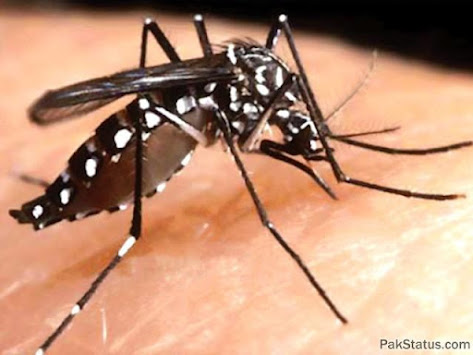Instead
of traditional statistical models for large spatial areas and weekly or monthly
temporal units, what public health workers urgently need is a timely risk
prediction method for small areas. This risk prediction would provide
information for early warning, target surveillance, and intervention. Daily
dengue cases in the 25 Turbat city, there were in total 205 confirmed dengue
cases during this period. A logistic regression model was fitted to the daily
incidents occurring in the city for the past 30 days. The fitted model was then
used to predict the incidence probabilities of dengue outbreaks for the city the
next day. Fitted incidence probabilities were chosen to determine a cut-point
for issuing the alerts.
The
covariates included three different levels of spatial effect, and four lag
time periods. The population density and the meteorological conditions were
also included in the prediction. The performance of the prediction models was
evaluated on 122 consecutive days from march1 to April 20, 2022. With the 80th
percentile threshold, median the median sensitivity was 8% and the median false
positive rate was 2%. We found that most of the coefficients of the predictors
of having cases in the same city in the previous 14 days were positive and
significant for the 48 daily updated models. The estimated coefficients of
population density were significant during the peak of the epidemic in 2022. The
proposed method can provide near real-time dengue risk prediction for a small
area.
This
can serve as a useful decision-making tool for front-line public health workers
to control dengue epidemics. The precision of the spatial and temporal units
can be easily adjusted to different settings for different cities.
By: Essa Sayad
Koshk Malikabad



0 Comments
Post a Comment